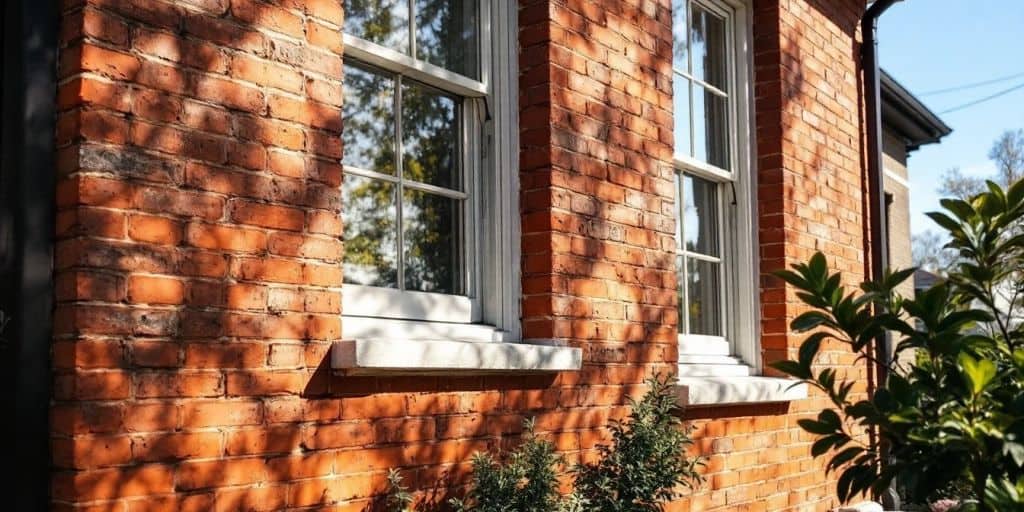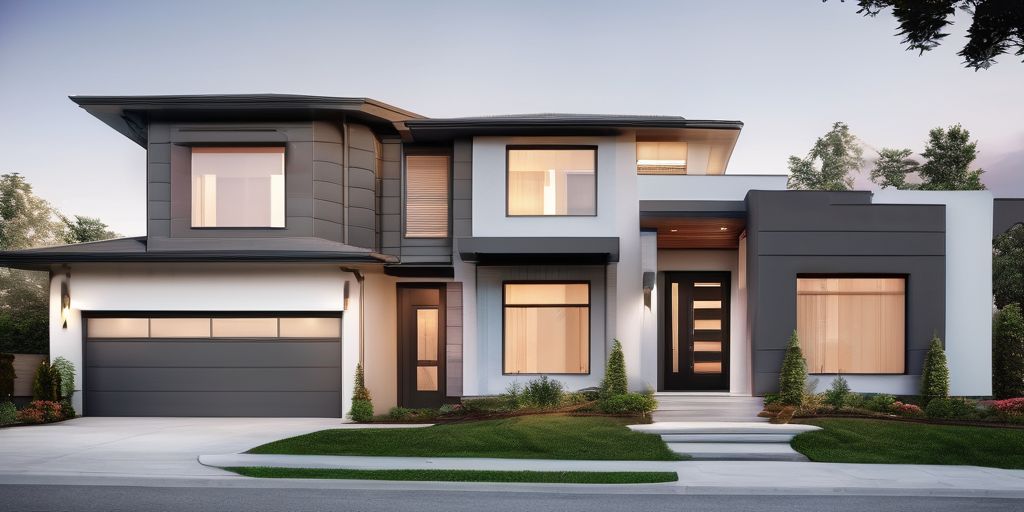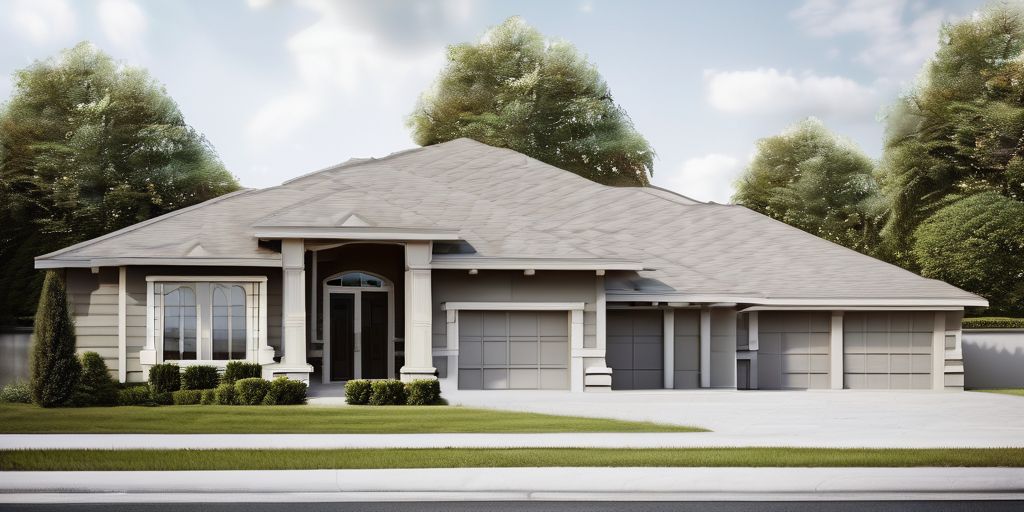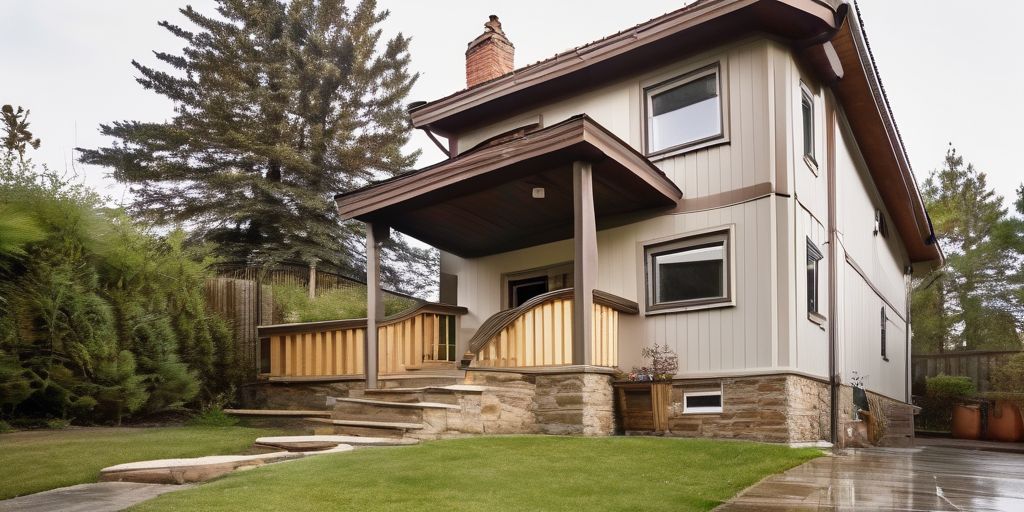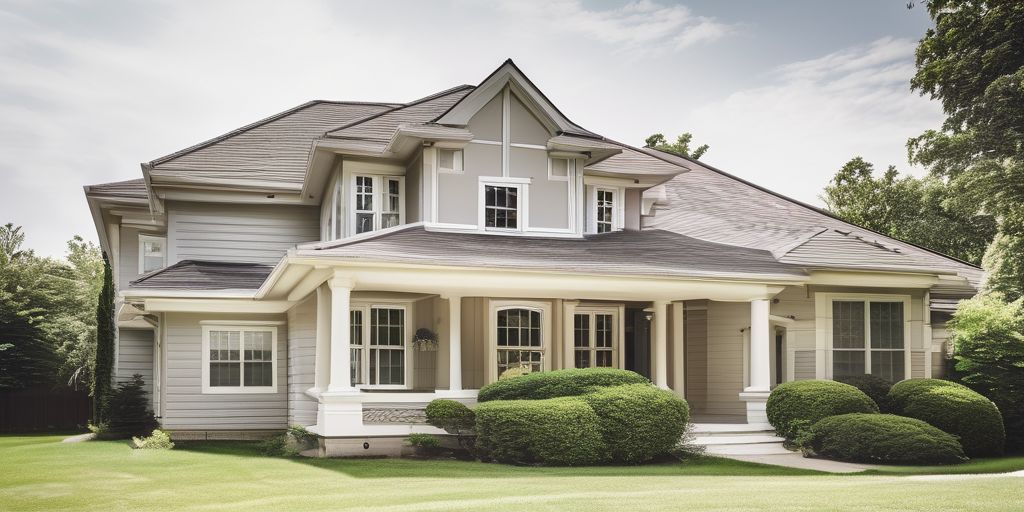Painting the exterior of historic brick homes in Cambridge can be a rewarding task. It not only refreshes the look of the house but also helps maintain its historical significance. This guide will help you understand how to choose the right colors and techniques to harmonize with Cambridge’s architectural charm while ensuring the longevity of your paint job.
Key Takeaways
- Understand the historical colors to keep the home authentic.
- Choose eco-friendly paints for better health and sustainability.
- Test paint samples on a small area before full application.
- Clean the bricks well for better paint adhesion.
- Layer paint to create a unique texture and look.
Understanding Historic Brick Paint Harmony
The Importance of Historical Accuracy
When painting historic brick homes, historical accuracy is crucial. This means:
- Researching the original colors used during the home’s construction.
- Ensuring that the paint complements the architectural style.
- Considering the local landscape, such as the nearby River Cam, to inspire color choices.
Balancing Modernity with Tradition
Finding a balance between modern trends and traditional aesthetics is essential. Here are some tips:
- Use colors that reflect the home’s history while still feeling fresh.
- Incorporate modern techniques that respect the original materials.
- Avoid overly bright or trendy colors that may clash with the home’s character.
It’s vital to maintain the home’s charm while updating its appearance.
Choosing the Right Color Palette
Selecting the right color palette can enhance the home’s beauty. Consider these factors:
- Historical context: Choose colors that were popular during the home’s era.
- Durability: Opt for colors that resist fading over time.
- Local influences: Look at the surrounding buildings and nature for inspiration.
By understanding these elements, homeowners can create a harmonious look that respects Cambridge’s rich architectural heritage while adding a personal touch.
Vintage Brick Painting Techniques for Cambridge’s Heritage Homes
Vintage brick painting techniques can truly enhance the beauty of Cambridge’s heritage homes. These methods not only preserve the historic charm but also add a modern touch. Here are some essential techniques to consider:
Preparing the Surface
- Clean the Brick: Start by removing dirt and debris. A pressure washer can be effective, but be cautious not to damage the brick.
- Repair Any Damage: Fill in cracks or holes with appropriate fillers to ensure a smooth surface.
- Test for Previous Paint: If the brick has been painted before, test a small area to see if the old paint will adhere to the new paint.
Layering Paint for Texture
- Base Coat: Choose a muted, earthy tone that reflects the natural aging of brick. Apply this as your base coat.
- Contrasting Color: Use a sponge or dry brush to dab a lighter color onto the bricks. This creates a textured look that mimics natural wear.
- Focus on Edges: Pay special attention to corners and edges, as these areas typically show more weathering.
Achieving a Weathered Look
To create an authentic weathered look, subtlety is key. The goal is to enhance the brick’s character, not overshadow it.
- Step Back Often: Regularly assess your work from a distance to ensure a balanced effect.
- Adjust as Needed: Don’t hesitate to modify your technique based on what you see.
By following these techniques, you can harmonize your brick painting with the historic charm of Cambridge, ensuring that your home remains a beautiful part of the community’s architectural landscape. Remember, the process is as important as the final result!
Weather-Related Considerations for Brick Painting in Cambridge
When painting brick in Cambridge, it’s essential to consider the weather to ensure a successful and lasting finish. Understanding the local climate can help you make informed decisions. Here are some key points to keep in mind:
Selecting Weather-Resistant Paints
- Choose paints that are specifically designed for brick surfaces.
- Look for options that offer resistance to moisture and UV rays.
- Ensure the paint allows the brick to breathe, preventing moisture buildup.
Timing Your Painting Project
- Check the forecast: Aim for dry days with mild temperatures.
- Avoid painting during extreme weather conditions, such as heavy rain or intense heat.
- Consider seasonal changes; spring and early fall are often ideal times for painting.
Protecting Against Moisture and Temperature Changes
- Use protective coverings during unexpected weather changes.
- Regularly inspect the painted surface for signs of wear or damage.
- Be mindful of Cambridge’s variable climate, which can affect the longevity of your paint job.
Remember, taking the time to plan your painting project around the weather can significantly enhance the durability and appearance of your painted brick. By being proactive, you can maintain the charm of your home while ensuring a beautiful finish that stands the test of time.
Eco-Friendly Paint Options for Historic Homes
Benefits of Eco-Friendly Paints
Choosing eco-friendly paints is essential for both the environment and the health of residents. Here are some key benefits:
- Low VOCs: These paints have lower volatile organic compounds, which means they are less harmful to air quality.
- Natural Ingredients: Many eco-friendly paints use ingredients like water, plant oils, and resins, making them safer for indoor use.
- Sustainable Production: The manufacturing process of these paints often has a minimal impact on the environment.
Choosing Sustainable Materials
When selecting eco-friendly paints, consider the following:
- Durability: Ensure the paint is long-lasting to avoid frequent reapplications.
- Color Durability: Some colors fade faster than others, so choose hues that maintain their vibrancy.
- Historical Accuracy: Research the traditional colors used in your area, like those found in Cambridge’s historic buildings, to maintain authenticity.
Long-Term Impact on Heritage Properties
Using eco-friendly paints can have a lasting positive effect:
- They help preserve the integrity of historic homes.
- They contribute to a healthier environment for future generations.
- They can enhance the aesthetic appeal without overshadowing the home’s historical features.
Remember, the goal is to complement the home’s existing features, not to overshadow them. By thoughtfully adding decorative accents, you ensure that the home remains a testament to its era while showcasing your personal touch.
Maintaining the Charm of Painted Brick Exteriors
Once your vintage brick home in Cambridge has been beautifully painted, regular maintenance is key to preserving its charm and ensuring the paint lasts. Here are some essential steps to keep your painted brick looking its best:
Regular Cleaning and Inspection
- Inspect the painted surfaces at least once a year for any signs of peeling or chipping.
- Gently clean the painted bricks using a soft brush and mild detergent to remove dirt and pollutants.
- Touch up any areas where the paint has deteriorated to prevent further damage.
Touch-Up Techniques
- Use a small brush to apply paint to any chipped areas, matching the original color as closely as possible.
- For larger areas, consider blending the new paint with the existing layers to create a seamless look.
- Always allow the paint to dry completely before applying additional coats.
Sealing for Durability
- After painting, consider applying a sealant to protect the surface from moisture and UV damage.
- Regularly check the sealant’s effectiveness and reapply as needed to maintain protection.
- A well-sealed surface will help preserve the historic charm of your home while enhancing its appearance.
Remember, maintaining the painted brick exteriors requires attention to detail and a commitment to preserving the home’s character. Regular upkeep will ensure that your heritage home remains a beautiful part of Cambridge’s architectural landscape for years to come.
Advantages and Drawbacks of Painting Historic Brick
Enhancing Curb Appeal
Painting historic brick can significantly improve the visual appeal of a home. Here are some benefits:
- Modernizes the look: A fresh coat of paint can give an old brick home a contemporary feel.
- Increases property value: Well-maintained exteriors can attract potential buyers.
- Personal expression: Homeowners can choose colors that reflect their style.
Potential Risks and Challenges
While there are many advantages, there are also some drawbacks to consider:
- Moisture retention: If not done correctly, paint can trap moisture, leading to damage.
- Maintenance needs: Painted brick requires regular upkeep to prevent peeling and fading.
- Historical integrity: Painting may obscure the original brickwork, which can be a concern in historic areas like Cambridge.
Long-Term Maintenance Considerations
Maintaining painted brick involves several steps:
- Regular cleaning: Keeping the surface clean helps maintain its appearance.
- Touch-ups: Addressing chips and scratches promptly can prevent larger issues.
- Sealing: Applying a sealant can enhance durability and protect against the elements.
In summary, painting historic brick can enhance a home’s charm, but it’s essential to weigh the benefits against potential risks.
Expert Tips for Harmonizing Brick Paint with Cambridge’s Architecture
Consulting with Local Experts
- Seek advice from professionals who understand Cambridge’s unique architectural styles.
- Local experts can provide insights on color choices that complement the historic charm of the area.
- They can also guide you on the best painting techniques suited for your specific brick type.
Incorporating Local Landscape Elements
- Consider the surrounding environment when choosing paint colors. Natural tones can enhance the overall aesthetic.
- Look at nearby landmarks, like the historic Cambridge City Hall, for inspiration on color palettes that blend well with the local scenery.
- Use landscaping features, such as plants and trees, to create a cohesive look with your painted brick.
Respecting Architectural Styles
- Understand the architectural style of your home to choose a paint color that respects its history.
- Avoid colors that clash with the original design; instead, opt for shades that highlight its features.
- Remember, the goal is to enhance the home’s existing features, not to overshadow them.
By thoughtfully adding decorative accents, you ensure that the home remains a testament to its era while showcasing your personal touch.
These tips can help you achieve a beautiful balance between modern updates and the historic charm of Cambridge’s architecture.
If you’re looking to refresh your home’s look while respecting Cambridge’s unique style, consider our expert tips on choosing the right brick paint. Our team is here to help you make the best choice for your home. Visit our website today to learn more and get a free estimate!
Final Thoughts on Painting Brick in Cambridge
In summary, painting the brick on your home in Cambridge can be a fun and creative project. By understanding the history and techniques of vintage brick painting, you can enhance your home’s beauty while keeping its historic charm. Whether you decide to restore the original look or try out new colors, there are many options to explore. Embrace Cambridge’s rich history through your painting choices, and watch your home become a stunning piece of art that tells its own story.
Frequently Asked Questions
Can I paint over brick that has already been painted?
Yes, you can. Just make sure to clean and prepare the surface well before adding new paint.
How long does paint last on brick?
With good care, painted brick can last many years.
Is it okay to use regular house paint on bricks?
You can, but it’s better to use paint made for bricks for better results.
Will painting brick change its texture?
It might change a bit, but using layering techniques can help keep some texture.
How do I clean painted bricks?
Use a soft brush and mild soap with water to clean them regularly.
Can I change the color of already painted bricks?
Yes, you can repaint them to a different color, but prepare the surface properly first.

